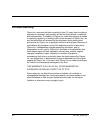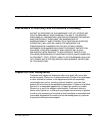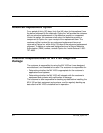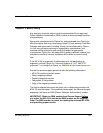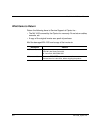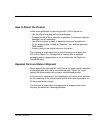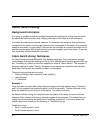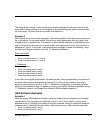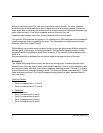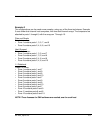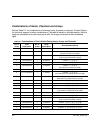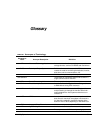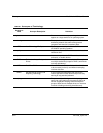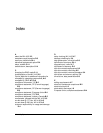
MV 4105_Ciprico Inc. E-3
MediaVault 4105 User Manual
This setup limits channel 1 of the computer to communicating only with one channel of the
array, while limiting channel 2 of the computer to communicating only with the second chan-
nel of the array. All other ports on the switch are locked out.
Example 2
With another array and another computer, it would be possible to set up two more zones sim-
ilar to the above, on the same switch. But zoning is most appropriate when the switch has
multiple arrays or multiple host. In Example 2, a dual-channel computer is attached to ports 1
and 2 of the switch, with two dual-channel arrays: one attached to 3 and 4, and the other is
attached to 5 and 6. In this case, host grouped does not apply. Review the following, using
the Plain and Simple technique, then the 1:1 Relational technique:
Plain and Simple
Create two zones:
• Zone 1 contains ports 1, 3, and 5
• Zone 2 contains ports 2, 4, and 6
1:1 Relational
Create four zones:
• Zone 1 contains ports 1 and 3
• Zone 2 contains ports 2 and 4
• Zone 3 contains ports 1 and 5
• Zone 4 contains ports 2 and 6
In the Plain and Simple configuration, the setting works, though occasionally one channel of
the array might test the corresponding channel of the other array, causing a very slight
amount of extra traffic on the line. In the 1:1 Relational configuration, this problem is allevi-
ated, but the drawback is that it is harder to set up on the switch. Whenever possible, set up
1:1 Relational zones if the Storage Area Network (SAN) software supports it.
SAN Software Examples
Example 1
Here is a simple SAN software example, using two single-channel computers and a single-
channel array. The computers are attached to ports 1 and 2 of the switch, and the array
attached to port 3. Although this setup can function unzoned, zoning is required to keep the
computers from "chatting" with each other, rather than the array. Two zones are required:
• Zone 1 contains ports 1 and 3
• Zone 2 contains ports 2 and 3



